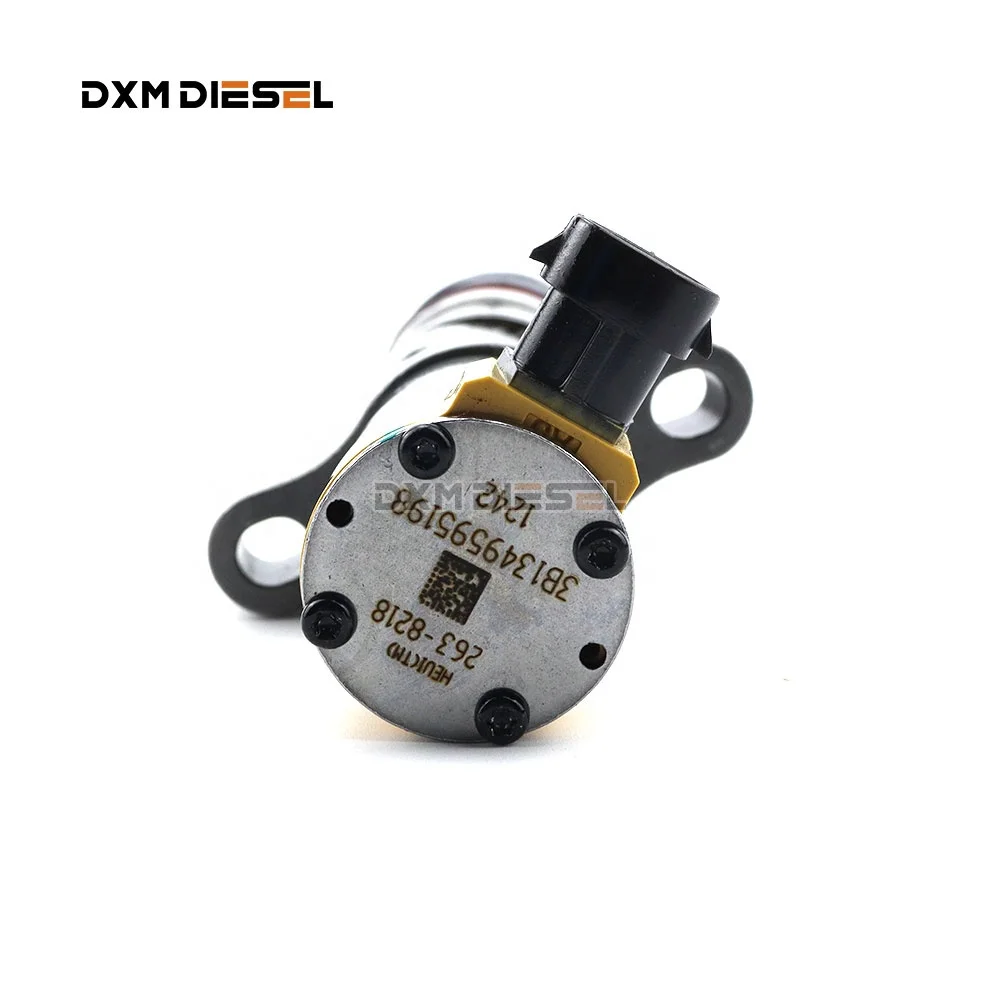In fact, diesel engines are so important to the operations of many industries including transportation, power generation and mining as well as agriculture. Engines have their own ways to gauge if they are doing a good job at converting energy into power, as how well an engine performs is directly related to its efficiency and power output. Today, we will take a closer look at five essential diesel engine performance metrics that aid in understanding and assessing how they operate: brake specific fuel consumption, torque & horsepower, compression ratio, exhausted gas temperature and air-to-fuel ratio.
An Analysis Of Brake Specific Fuel Consumption
Brake specific fuel consumption (BSFC): A measure of how effectively an engine uses fuel This quantifies the fuel requirement of power. Smaller BSFC numbers indicate greater efficiency, as it requires fewer energy to produces the identical strength.
Since diesel engines are often found in commercial applications where fuel usage is a significant expense, high fuel efficiency is essential. By improving a BSFC of the engine, it may reduce fuel consumption and decrease costs of operation as well in saving emissions. As a result, diesel manufacturers and operators often tweak the design of a given engine or how its operated in an effort to maximize fuel efficiency.
Figuring out Torque and Horsepower Interdependency
Both torque and horsepower are performance numbers that diesel engines generate, but the two are easily confused. Torque is the force that drives rotational motion, while horsepower represents how quickly work can be done over time. Horsepower is calculated as the product of engine speed and torque.
When it comes to diesel engine performance, torque is the name of the game turning things like towing and hauling capacities as well acceleration. Diesel engines pump out more torque than gasoline units, making them perfect for use in applications where lots of twist is needed - like powering large pieces of industrial equipment and farm machines...and heavy-duty trucks. High-power applications on the other hand include sports cars and racecars, where horsepower is more important.
Compression Ratio - Explained
The compression ratio is the volume of a combustion chamber at its max capacity (point A in the image above) compared to with all valves fully closed and one piston compressed into TDC, whose volume will be (B). That ratio has a major influence on the efficiency and power output of diesel engines. With higher compression, a greater amount of air and fuel is being compressed into the chamber which can result in an increase in temperature - hence pressure within the combustion system that would allow for more mpgs to be achieved as well produce more power.
To improve fuel economy and emissions, many diesel engine manufacturers are designed with higher than normal compression ratios. But the increased combustion temperatures and pressures can be a double-edged sword, as increasing local compression ratios are often tied to detonation on one hand or pre-ignition on the other. Therefore, diesel engines are fitted with other technologies like turbochargers and intercoolers to control combustion in order not to damage the engine from over-pressurization.
Monitoring performance, check out at the Exhaust Gas Temperature
EGT or Exhaust Gas Temperature is the temperature of the exhaust gas after leaving and engine. EGT Monitoring EGT monitoring is part of a suite of tools that are essential for understanding what our engines are doing currently and provides vital information to help evaluative performance as well diagnose common engine problems. Increased EGT Can mean that combustion efficiency is bad, while decreased could be things like clogged fuel injectors or air filers affecting the overall ability of doing a good job on intake for perfecting Fuel-air Mixture, etc.
EGT measurement is used to prevent engine-damaging overheating as well. For diesel engines and other challenging applications (e.g., power generation, marine), EGT sensors are often used for monitoring the engine operation in order to prevent failure of important components and overheating that would eventually lead to a damaged part.
How does the Air-to-Fuel Ratio affect Diesel Engine Performance
The air-to-fuel ratio (AFR) is the mass of air that enters the cylinder compared to a fixed amount of fuel fed into this chamber. AFR is he significant value in diesel engine performance which affecting the other characteristics of engines such as efficiency, emissions and power output. Getting to the ideal AFR tells your engine when it can burn fuel most effectively, reducing emissions in turn.
Always on the leading edge, engine manufacturers attempt to maximize AFR for their specific applications through imaginative designs and operation. They incorporate the latest technologies like electronic fuel injection, exhaust gas recirculation and selective catalytic reduction to administer AFR, maximize combustion efficiency/emissions control in several ways/and assure peak engine performance.
At its core, understanding diesel engine performance figures means that you can keep the operation of your diesel engines as effective and reliable. The understanding of basic concepts such as brake specific fuel consumption, torque and horsepower, compression ratio, exhaust gas temperature (EGT), air-to-fuel ratio is critical for diesel engine manufacturers related to design optimization while operators are interested in improving performance or reducing costs.
 EN
EN
 AR
AR
 PT
PT
 RU
RU
 ES
ES
 ID
ID
 TH
TH
 MS
MS



